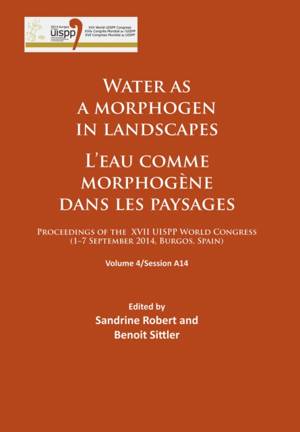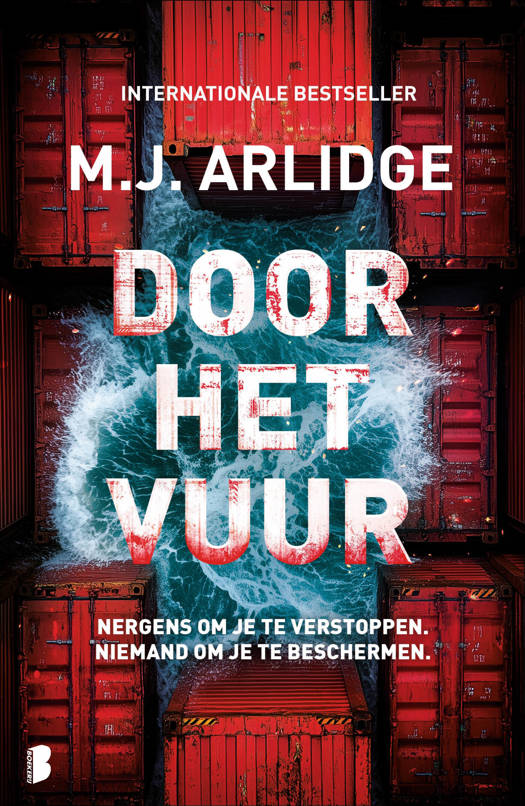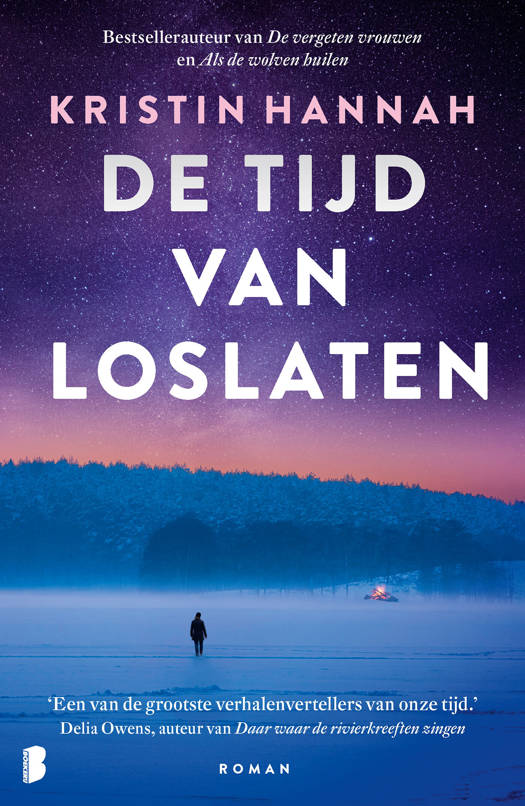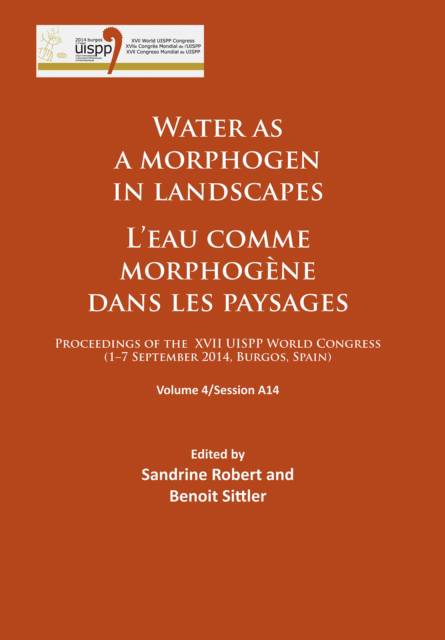
- Afhalen na 1 uur in een winkel met voorraad
- Gratis thuislevering in België vanaf € 30
- Ruim aanbod met 7 miljoen producten
- Afhalen na 1 uur in een winkel met voorraad
- Gratis thuislevering in België vanaf € 30
- Ruim aanbod met 7 miljoen producten
Zoeken
Water as a Morphogen in Landscapes/l'Eau Comme Morphogene Dans Les Paysages
Paperback | Frans | Proceedings of the XVII UISPP World Congress (1–7 September 2014, Burgos, Spain)
€ 35,45
+ 70 punten
Omschrijving
These proceedings include eight presentations. Two of them focus on the role played by the river axes and the geography of river basins as factors of circulation and settlement of Palaeolithic hunter gatherers on the European scale (Francois Djindjian) and in the surroundings of the Jura Mountains (Gerald Bereiziat and Harald Floss). Jose Javier Pina Abellan describes how the central valley of the River Jabalon (Ciudad Real, Spain) was peopled in the course of the second millennium B.C., and how the inhabitants still maintain a close link to the hydrography. Frederic Cruz and Christophe Petit provide new insights into the organization of the princely residences' territories of the late Hallstatt era in the North-Western region of the Alps, taking into account their relationship to the environment, and especially the distance from the valleys. Ana Lucia Herberts documents how river crossings and related drainage structures played a crucial role in setting cattle trails in Brazil to drive the cattle from their pasture lands to the major market places in remote cities. A 3-D modelling using LiDAR altimetry has been used by Sabine Schellberg, Benoit Sittler, and Werner Konold to reconstruct water meadows that were used in historical times in the upper Rhine Valley. In their paper, Sandrine Robert and Helene Noizet develop, as an example illustrating resilience, how an ancient meander of the River Seine, which was filled in Antiquity, still dictates the layout of the network of the streets of Paris. Lastly, Martin Orgaz and Norma Ratto addressed the social construction of landscapes by relating Inca sites to the Tinogasta region (Catamarca, Argentina) rivers whose visual features (the colour red) may be regarded as a factor that governed the selection of sites.
Specificaties
Betrokkenen
- Uitgeverij:
Inhoud
- Aantal bladzijden:
- 116
- Taal:
- Frans
- Reeks:
Eigenschappen
- Productcode (EAN):
- 9781784912871
- Verschijningsdatum:
- 18/04/2016
- Uitvoering:
- Paperback
- Formaat:
- Trade paperback (VS)
- Afmetingen:
- 208 mm x 295 mm
- Gewicht:
- 453 g

Alleen bij Standaard Boekhandel
+ 70 punten op je klantenkaart van Standaard Boekhandel
Beoordelingen
We publiceren alleen reviews die voldoen aan de voorwaarden voor reviews. Bekijk onze voorwaarden voor reviews.










